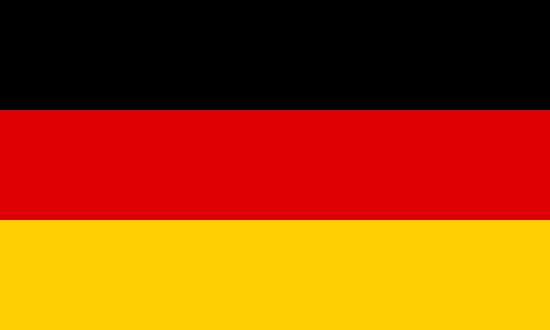"Stadt der Klassik und Moderne | City of Classics and Modernity"
About:
Weimar, a city in Thuringia, Germany, was first mentioned in records in 899 AD. It gained prominence in the 18th and 19th centuries as a cultural hub, home to luminaries like Goethe and Schiller. Weimar was the focal point of the short-lived Weimar Republic (1919-1933) post-WWI. It suffered during WWII but was largely spared from bombing. Post-war, it became part of East Germany. Since German reunification in 1990, Weimar has re-emerged as a significant cultural center, designated a UNESCO World Heritage site in 1998.
When to visit:
Weimar, a city in central Germany, is a cultural hub known for its rich history and artistic heritage. The best time to visit Weimar is during the summer months of June to August when the weather is warm and pleasant, perfect for exploring the city's many museums, parks, and historical sites. Additionally, Weimar hosts numerous festivals and events during this time, offering visitors a chance to immerse themselves in the vibrant local culture. However, be prepared for larger crowds and higher prices during the peak tourist season.
When to avoid:
The worst time to travel to Weimar, Germany on a holiday is during the winter months of December to February. This period experiences cold temperatures, limited daylight hours, and the possibility of snow and icy conditions. Many outdoor attractions and historical sites may be closed or have reduced hours during this time. Additionally, the holiday season can bring larger crowds and higher prices for accommodations and activities.
Winter (Dec-Feb)
Winter in Weimar, Germany, is the coldest part of the year with temperatures ranging from -2°C to 4°C. Snowfall is common, but rainfall is relatively low averaging around 40mm. Days are short and often overcast, with only 1-2 hours of sunlight daily. The city is typically blanketed in snow, lending a picturesque charm to the historical landmarks. An average day for a visitor may involve brisk walks in the frosty weather, sightseeing around the city, and enjoying indoor activities like museum visits or cozying up in local cafes.
Summer (June - August)
In Weimar, Germany, the warmest part of the year typically stretches from June through August, with July being the hottest month. During this period, the average high temperatures range from 22°C (72°F) to 25°C (77°F), while the average low temperatures are around 12°C (54°F) - 14°C (57°F).
Rainfall in Weimar during the warmest months is moderate, with an average monthly precipitation of about 50-60mm. While showers can occur, they are usually short-lived and the weather can quickly shift back to being sunny.
Sunlight is abundant during this period, with Weimar experiencing approximately 16 to 17 hours of daylight at the peak of summer. This makes it a great time for outdoor activities and sightseeing.
Humidity levels in Weimar during the warmest months are generally low to moderate, contributing to the overall comfortable conditions. It is rarely oppressive or uncomfortable, making the warm weather quite enjoyable.
As for cloudiness, summer days in Weimar are typically partly cloudy, with clear or mostly clear conditions prevailing much of the time.
For a visitor, a typical day in the warmest part of the year in Weimar would likely be pleasantly warm, perfect for exploring the city's rich cultural and historical sites. There might be an occasional short rain shower, but it would quickly give way to sunshine again. The long daylight hours provide ample time for sightseeing, and the relatively low humidity ensures comfort while exploring outdoors.
Language:
In Weimar, the most commonly spoken language is German, as it is located in the heart of Germany. This city is known for its rich cultural and historical significance, which attracts tourists from around the world. Therefore, English is also commonly spoken, especially in tourist areas and among younger generations due to its widespread use in education and media.




